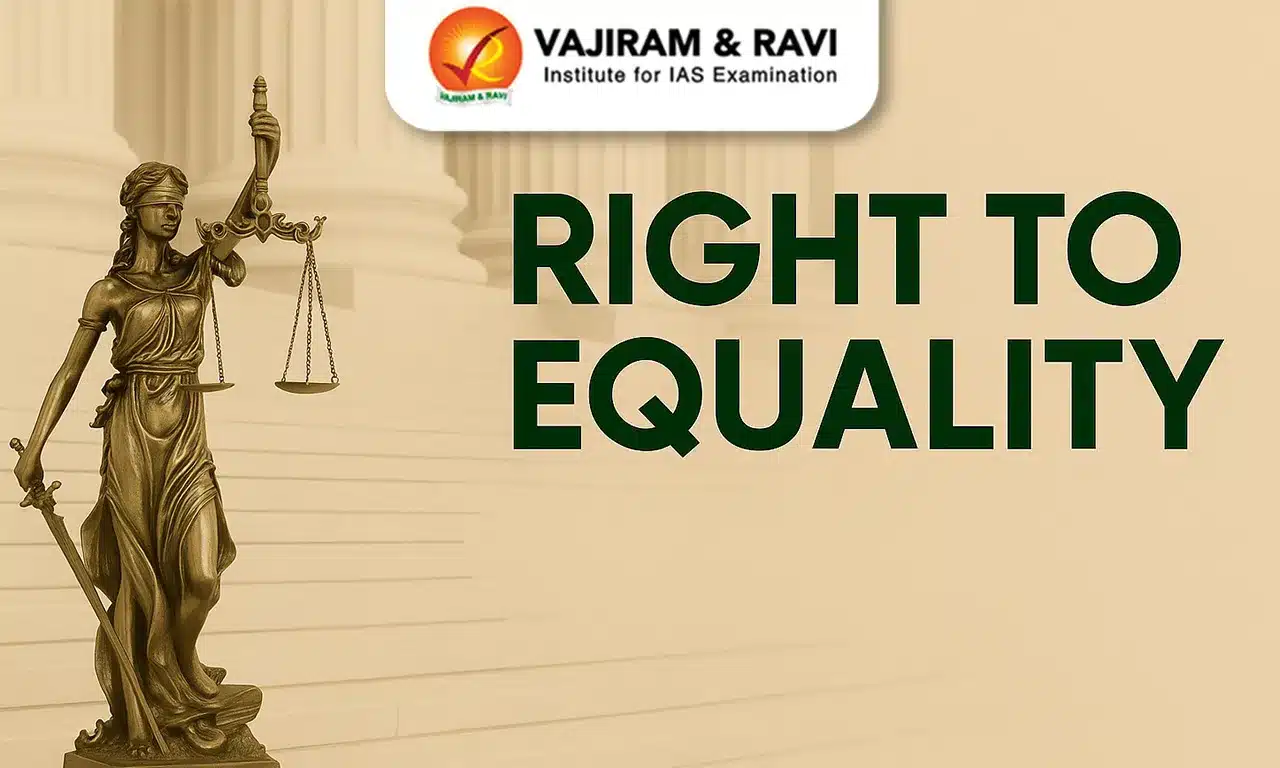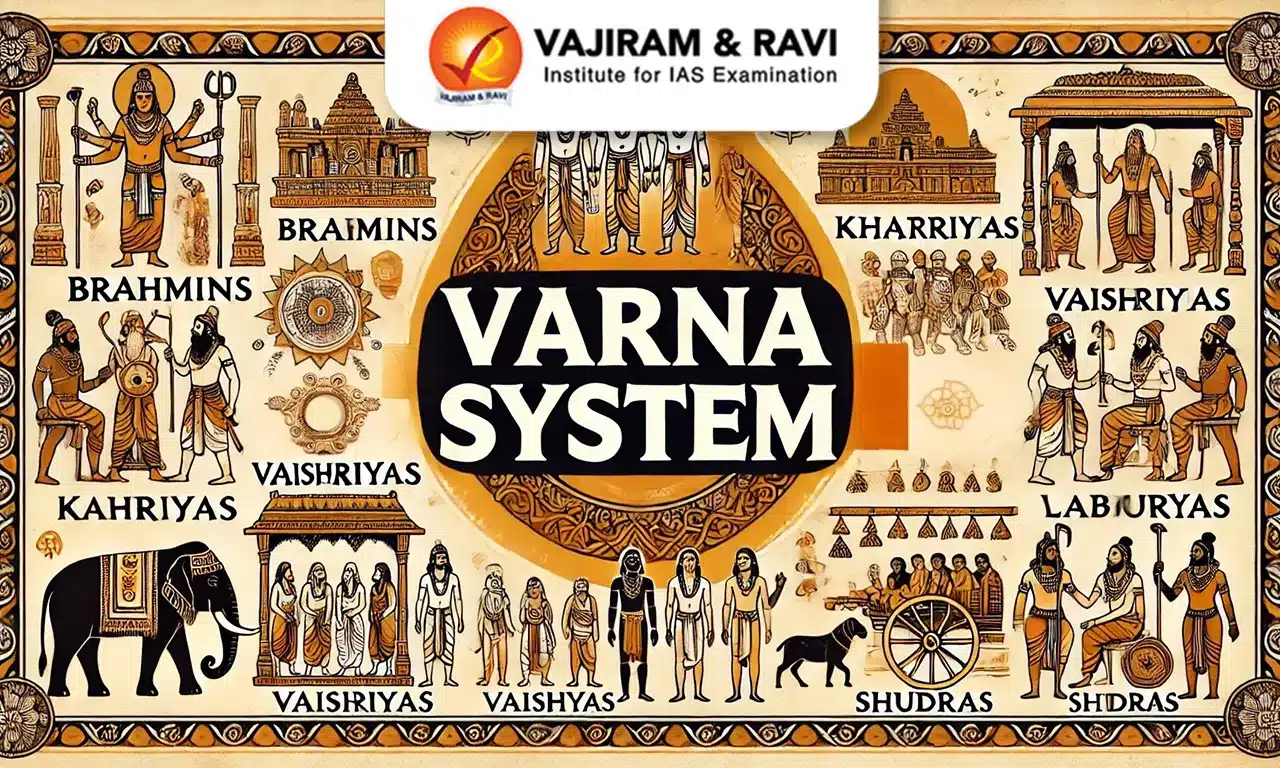How has Indo-Bangladesh relations evolved over time?
India and Bangladesh share a unique relationship, marked by cultural, linguistic, and historical ties.
- India and Bangladesh share an organic bond due to their shared cultural heritage and historical events, including the loss suffered during the Partition of India in 1947 and the separation of families on a massive scale.
- India played a great role in the emergence of independent Bangladesh during its Liberation War in 1971 and was the first country to recognize Bangladesh as a separate state. Bangladesh liberation day, 16th December, is celebrated as “Vijay Diwas” in India.
- India-Bangladesh relations the unique ties are forged in shared sacrifices.
- Also, the Prime Minister of India recently referred to the current state of the bilateral relationship as ‘Sonali Adhyay’ (golden phase).
What is the significance of Bangladesh to India?
Bangladesh is important to India for several reasons, including
- Geopolitical: Bangladesh is India’s neighbour and shares a long land, riverine and maritime boundary. This makes it important for India’s security and foreign policy. For example, India needs cooperation from Bangladesh to counter the Chinese ‘String of Pearls’.
- Economic: India-Bangladesh have close economic ties, with India being one of Bangladesh’s largest trading partners. For example, The bilateral trade in 2021-2022 was USD 18.2 billion.
- Cultural: India and Bangladesh have a shared history, culture, and heritage. The people of the two countries are linked by strong cultural and familial ties, and there is a large population of Indian-origin people living in Bangladesh.
- Strategic: Bangladesh is located at the crossroads of South Asia and Southeast Asia and is important for India’s Act East Policy, which aims to build closer ties with the countries of Southeast Asia.
- Environmental concerns: Bangladesh and India share trans-boundary rivers and ecological systems, making it important for the two countries to cooperate on issues such as water management and flood control. For example, coordinated efforts are needed for the conservation of Sunderbans.
What are the areas of cooperation between India and Bangladesh?
- Economic and Commercial
- Bangladesh is India’s biggest trade partner in South Asia, and India is the second biggest trade partner of Bangladesh. Bilateral trade between India and Bangladesh has grown steadily over the last decade and the exports of Bangladesh have tripled over the last decade to cross $1 bn in 2018-19.
- Connectivity
- Various measures are undertaken to restore the pre-1965 rail links and other connectivity links that existed between India and Bangladesh. The newly restored railway link between Chilahati (Bangladesh) and Haldibari (India) was inaugurated in 2021.
- To enhance people-to-people contact, the frequency of two passenger trains is increased – Maitree Express and Bandhan Express.
- Protocol on Inland Water Transit and Trade (PIWTT) was signed for the transportation of goods and keeping their respective waterways navigable while providing infrastructure facilities.
- Agartala – Akhaura Rail Link: between Agartala (Tripura) and Akhaura (Bangladesh) would be the first train from the northeastern region to Bangladesh.
- Development partnership
- Bangladesh is the biggest development partner of India today. India has extended 3 Lines of Credit (LOC) to Bangladesh since 2010, amounting to US$ 8 billion for the development of infrastructure in various sectors, including roads, railways, shipping, and ports.
- Capacity building and human resource development
- Human resource development is a key component of India’s development cooperation efforts in Bangladesh through its several ongoing training programmes and scholarships.
- India has been training 1800 Bangladesh Civil Service officials since 2019 at National Centre for Good Governance (NCGG), Mussoorie.
- Cultural cooperation
- Indira Gandhi Cultural Centre (IGCC), Dhaka plays an important role in the celebration of common cultural links between the two countries. Its training programs include Yoga, Kathak, Manipuri dance, Hindi language, and Hindustani classical music.
- Defence cooperation
- High-level exchanges include the edition of India-Bangladesh CORPAT ‘Bangosagar’ exercise, Regional Commanders meeting of Coast Guards and the Annual Defense Dialogues.
- Countering China’s influence: Enhancing India’s connection with Bangladesh by assisting Bangladesh with nuclear technology, artificial intelligence, modern farming methods, and the exchange of flood data help in countering China’s influence in Bangladesh.
- Water sharing: Through the Kushiyara Pact, India and Bangladesh agreed to share the waters of a significant transboundary river, the Kushiyara.
In order to maximize the benefits of their shared river systems, the two nations have a bilateral Joint Rivers Commission (JRC), for developing flood control measures, formulating proposals for advance flood warnings, etc.
- Border cooperation: Border haats have been organized which will act as trading posts on the Bangladesh–India border. Example: Kamalasagar-Tarapur Border Haat has been set up in Tripura- Bangladesh border.
- Multilateral cooperation: India and Bangladesh have been cooperating on multilateral platforms such as SAARC, BIMSTEC, etc.
- Energy: Construction of Rooppur Nuclear Power Plant in Bangladesh with India-Russia cooperation.
- Cooperation on the Rohingya crisis: India launched “Operation Insaniyat” to provide relief assistance for the refugee camps in Bangladesh.
- Bangladesh has acknowledged Indian Oil Corporation Limited as a registered government to government supply of refined petroleum products.
What are the existing challenges in India-Bangladesh relations?
India-Bangladesh relations have been generally cordial, but there are a few challenges, including
- Geopolitical challenges:
- Border disputes: Long-standing disputes over the demarcation of the shared border, particularly in the regions of Assam and Tripura.
- Illegal immigration: The flow of migrants across the Bangladeshi border as a result of the country’s unrest has further strained the relationship between the two countries.
- The inhabitants of the Indian states bordering Bangladesh have experienced substantial socio-economic-political challenges as a result of the significant influx of migrants.
- Economic challenges:
Non-tariff barriers: Both face non-tariff barriers, such as lengthy customs procedures and bureaucratic red tape, which have hindered trade.
Sharing river water: One of the main issues is the disagreement over river water sharing. There are 54 rivers cross-border rivers.
- Connectivity challenges:
Border disputes: Tensions along the border between Bangladesh and India are nothing new. A 4,096 km long land border and a 180 km long marine border separate India from Bangladesh. The Comilla–Tripura land border, which stretches for 6.5 kilometers, has not been demarcated, leaving the border dispute unresolved.
- Lack of infrastructure: Insufficient infrastructure and connectivity, hindering the development of economic ties between the two countries.
- Security challenges:
- Terrorism: India has accused Bangladesh-based terrorist groups of carrying out attacks in India and has called for greater cooperation in combating terrorism.
- Insurgency: According to media sources, the United Liberation Front of Assam (ULFA), the National Democratic Front of Bodoland, and the National Liberation Front of Tripura all run camps in Bangladesh.
- Additionally, there are suspicions that the ULFA has a number of successful income-generating ventures in Bangladesh that it uses to fund its insurgent operations in India.
- China factor: China has been increasing its investments in Bangladesh, particularly in the areas of infrastructure development, energy, and telecommunications. For example, BRI and investment in Chittagong port.
- Energy challenges:
- Water-sharing: Tension over the distribution of the waters of common rivers, particularly the Brahmaputra and the Ganges.
- Teesta river dispute: In order to keep the river’s water flow to a minimum, an agreement was concluded in 2011 that gave India 42.5% of the water, Bangladesh 37.5%, and the remaining 20% of the river’s water flow-free rein. Due to some disagreement, this agreement has not been put into effect to this point.
- Farakka barrage dispute: Diversion of water from the Ganges to the Hooghly River is a major source of concern raised by Bangladesh many times in the past.
What measures could enhance Indo-Bangladesh relations?
The present issues in the India-Bangladesh relationship can be resolved through the following measures:
- Addressing the Teesta river water dispute: To establish a consensus towards demarcating the extent of Teesta river water sharing and reaching a mutual agreement in a time-bound manner..
- Better connectivity: There is a need to enhance connectivity in the region through strengthening cooperation in coastal connectivity, road, rail, and inland waterways.
- Energy security: As the global energy crisis continues to rise, it is imperative that India and Bangladesh cooperate in making use of clean and green energy to make South Asia Energy self-sufficient.
- India-Bangladesh Friendship Pipeline: which will help move high-speed diesel to Northern Bangladesh from India, needs to be fastened.
- Shifting focus towards Comprehensive Economic Partnership Agreement (CEPA) negotiations since 2018:
- It will strengthen economic ties between India and Bangladesh.
- Countering China: Assisting Bangladesh with critical technologies and financial assistance will further strengthen India’s relationship and help India counter China’s influence to a greater extent.
- Tackling the refugee Crisis: India and Bangladesh can encourage other countries in the South Asia Association for Regional Cooperation (SAARC) to develop a SAARC declaration on refugees, laying down a specific procedure for determining the status of refugees and economic migrants.
Last updated on July, 2025
→ UPSC Notification 2025 was released on 22nd January 2025.
→ UPSC Prelims Result 2025 is out now for the CSE held on 25 May 2025.
→ UPSC Prelims Question Paper 2025 and Unofficial Prelims Answer Key 2025 are available now.
→ UPSC Calendar 2026 is released on 15th May, 2025.
→ The UPSC Vacancy 2025 were released 1129, out of which 979 were for UPSC CSE and remaining 150 are for UPSC IFoS.
→ UPSC Mains 2025 will be conducted on 22nd August 2025.
→ UPSC Prelims 2026 will be conducted on 24th May, 2026 & UPSC Mains 2026 will be conducted on 21st August 2026.
→ The UPSC Selection Process is of 3 stages-Prelims, Mains and Interview.
→ UPSC Result 2024 is released with latest UPSC Marksheet 2024. Check Now!
→ UPSC Toppers List 2024 is released now. Shakti Dubey is UPSC AIR 1 2024 Topper.
→ Also check Best IAS Coaching in Delhi
India-Bangladesh Relations FYQs
Q1. Which country is the biggest trade partner of India in South Asia?+
Q2. What are the international and regional forums of which India and Bangladesh are members?+















